
High Speed
The U.S. Air Force’s AFWerx innovation unit in August awarded small contracts to three startups to explore high-speed concepts for future presidential and executive transport aircraft: Boom Supersonic (Mach 2.2 airliner), Exosonic (Mach 1.8 low-boom design) and Hermeus (Mach 5 aircraft with combined-cycle turbo-ramjet propulsion).
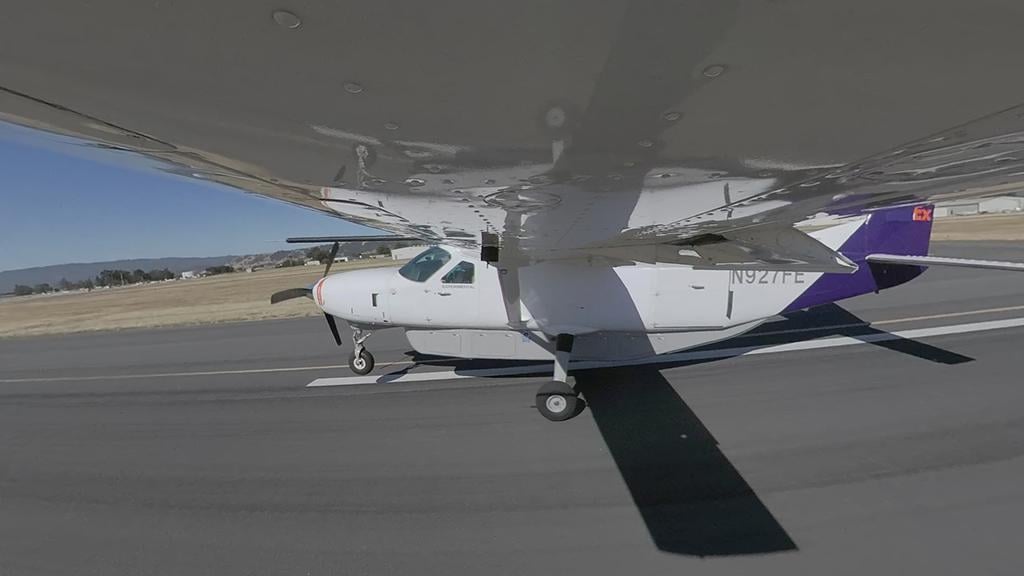
Autonomy
U.S. startups Reliable Robotics and Xwing are independently flight-testing Cessna Caravans modified for autonomous flight. Both plan regional cargo operations with remotely piloted Caravans. Reliable Robotics first modified a Cessna 172 to demonstrate unmanned operation, while Xwing’s vision-based detect-and-avoid system has been flight-tested in national airspace on Bell’s APT-70 cargo drone.
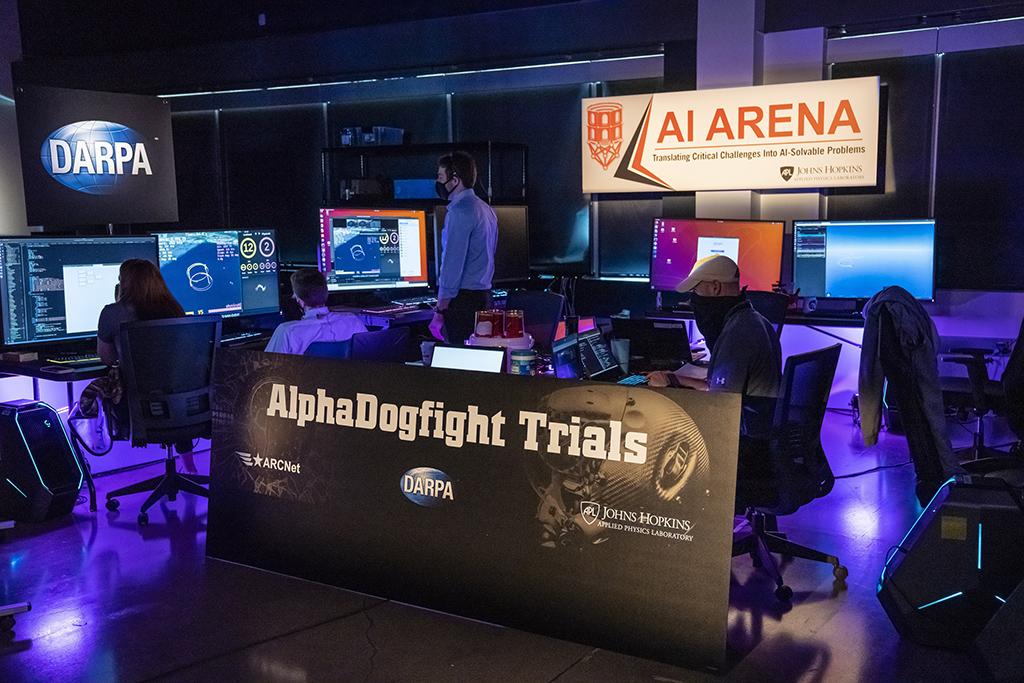
Artificial Intelligence
Falco, an artificial intelligence (AI) agent developed by Heron Systems, beat an experienced fighter pilot 5-0 in air combat encounters between simulated F-16s in the August finals of DARPA’s AlphaDogfight Trials. In November, Red 6 combined augmented reality and AI in the cockpit, with the first live-flight dogfight between a human pilot and an AI agent developed by EpiSci.
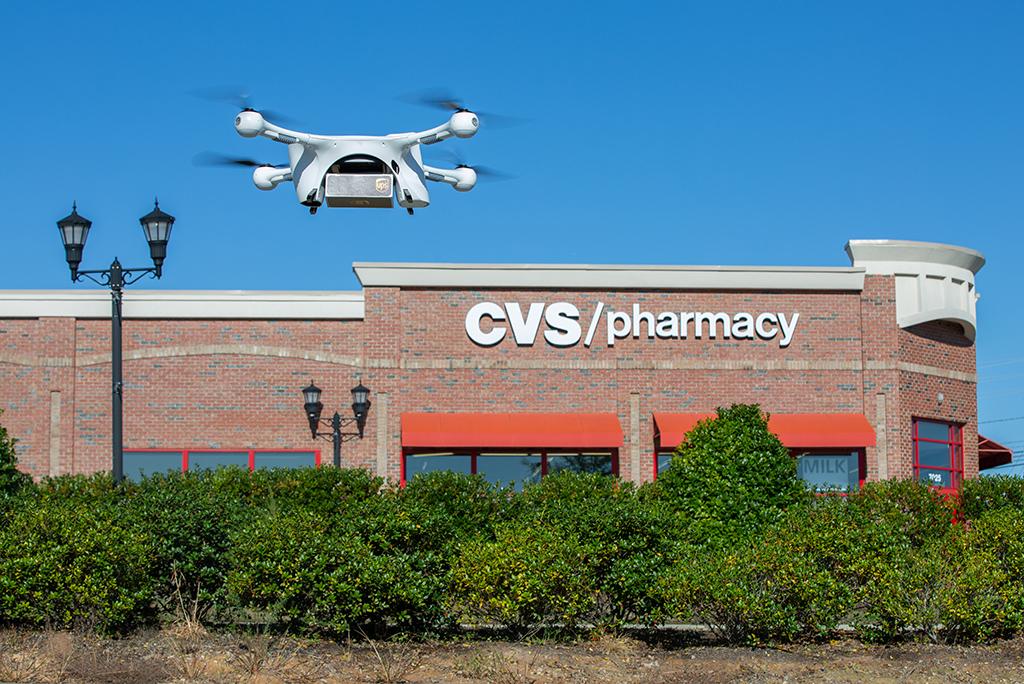
Drone Delivery
The FAA’s Unmanned Aircraft System Integration Pilot Program closed out in October having created the first Part 135 drone delivery air carriers—UPS Flight Forward and Wing—and advanced the use of drones for medical deliveries, flying samples between hospitals and COVID-19 test kits to local communities. The follow-on Beyond program has been launched to advance commercial drone operations further.
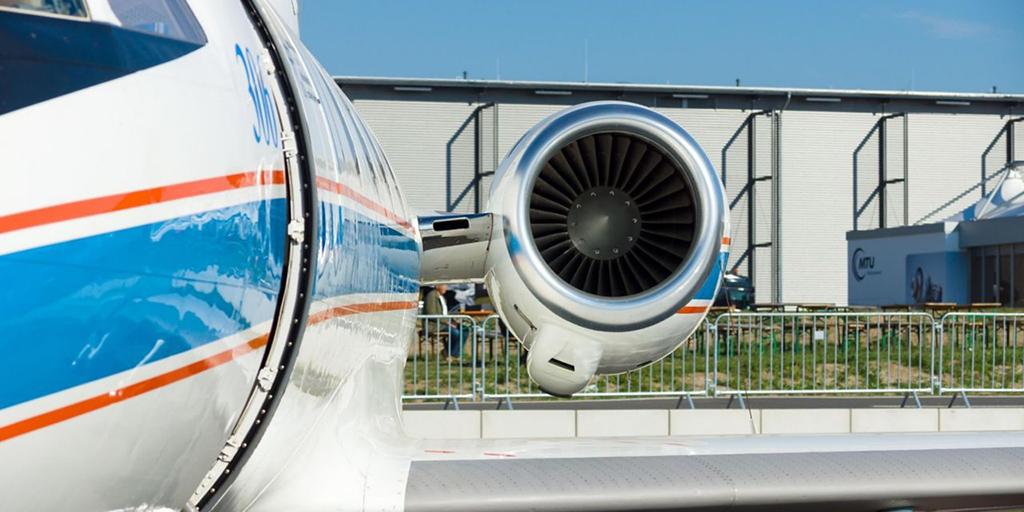
Additive Manufacturing
Honeywell in August claimed an industry milestone—the first additively manufactured flight-critical part to be certified for service in an operational engine. Originally a casting, the bearing housing is a major structural component in the out-of-production ATF3-6 engine powering the handful of Dassault Falcon 20Gs still flying—a part that would be expensive to produce in the limited numbers needed.

Ultra-Efficient
Two ultra-efficient airliner concepts flew in subscale model form in 2020. Airbus’ Maveric is a blended wing-body configuration promising a 20% fuel saving over conventional single-aisles. The Flying-V from the Netherlands’ Delft Technical University is a tailless flying wing, a V-shaped aircraft predicted to use 20% less fuel than the widebody Airbus A350 because it has less surface area, resulting in lower drag.

High Altitude
Using an H3Grob G520NG research aircraft, Deutsche Telekom provided 4G LTE connectivity from 45,000 ft., advancing plans with partner Stratospheric Platforms to develop a hydrogen fuel-cell-powered unmanned aircraft to provide high-bandwidth communication. Also, in October, HAPSMobile tested an LTE payload during a stratospheric test of its solar-powered Sunglider UAV.
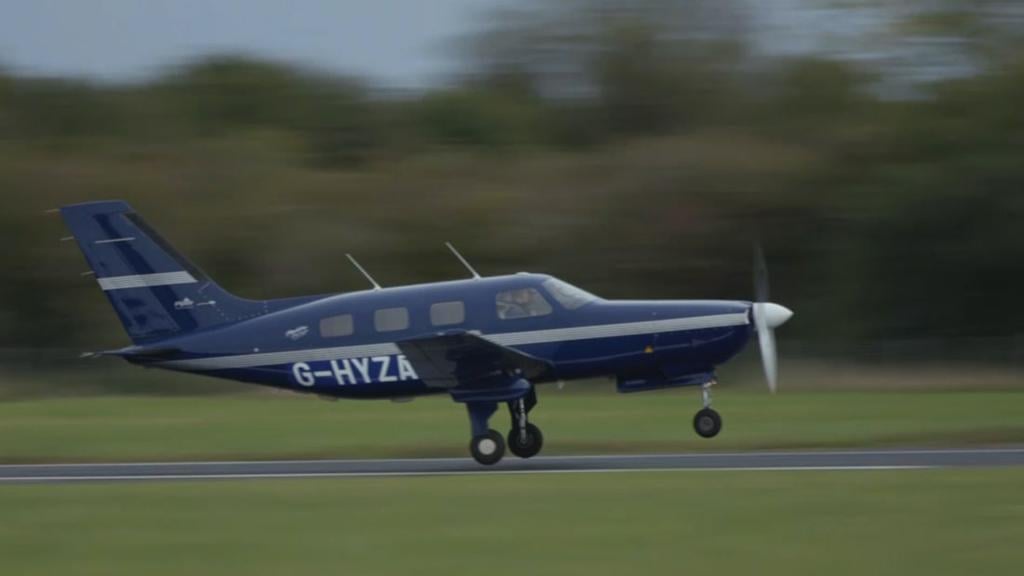
Hydrogen Propulsion
Hydrogen propulsion for aircraft took steps forward on Sept. 25 when ZeroAvia conducted the first flight from Cranfield, England, of a six-seat Piper Malibu modified to fuel-cell power. In October, Airbus formed a joint company with German automotive fuel-cell supplier ElringKlinger to develop technology for hydrogen-fueled zero-emission aircraft.

Hybrid-Electric
Hybrid-electric propulsion progressed in 2020, with U.S. startup Ampaire readying a second prototype of its three-passenger Electric EEL for test flights on routes flown by Hawaiian regional carrier Mokulele Airlines. French startup VoltAero has flown the 800-hp power train for its largest, 10-seat member of its Cassio 2 family. Both systems combine internal-combustion range extenders with batteries and electric motors to reduce fuel burn, emissions and noise.
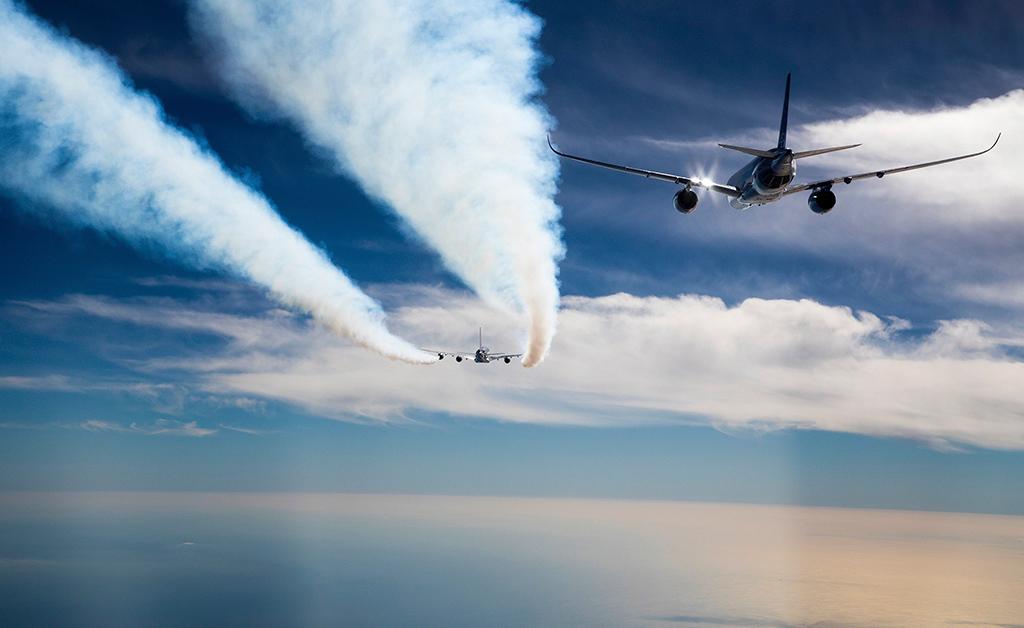
Wake Surfing
During 2020, two Airbus A350s flew in formation to demonstrate operationally the ability for the trailing aircraft to reduce fuel burn 5-10% by surfing the wingtip vortices of the leading aircraft and retrieving energy from its wake. Working with airlines and air navigation service providers, trials are planned to move into oceanic airspace in 2021.
From autonomous regional cargo delivery to high-speed VIP transport, and from dogfighting artificial intelligence to delivering COVID-19 test kits, 2020 witnessed advances across a wide range of technologies.
